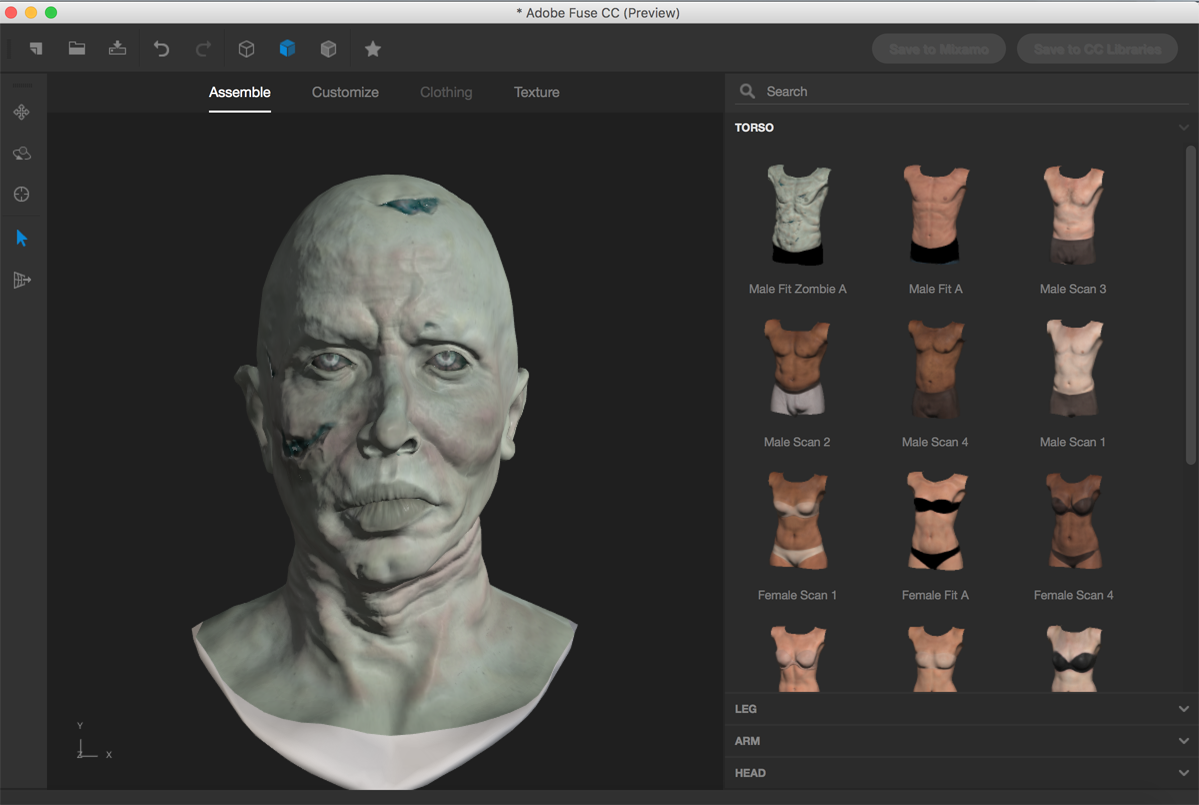

There's serious work like Perfect Blue (Japan), which follows an idol singer as she loses her grip on reality. And while Hayao Miyazaki's excellence cannot be overstated, there's a ton more out there. Obviously, no review of Asian cinema would be complete without mentioning the massive contributions to animation from that region of the world. The Yellow Handkerchief likewise shows the universality of the difficulties young people face. For something more potentially more relatable, Bing Liu's documentary, Minding the Gap (USA) follows a trio of friends in a desolate Illinois town as they try to make it as skateboarders. Modern master Ang Lee's Lust, Caution (Taiwan) similarly explores espionage and intrigued, but was overlooked at the time of its release by receiving a death knell label of NC-17 from the MPAA. A less bleak procedural, Park Chan-wook's JSA (Joint Security Area) (South Korea) follows the investigation of a multiple homicide in the DMZ. Presitge: Hiroshima (Japan): A harrowing look at the effects of the Little Boy nuclear attack on the city. And the elephant in the living room: Parasite (South Korea)! If you haven't seen it, what are you waiting for? If you're looking for comedy, Taika Waititi's Jo Jo Rabbit (New Zealnd) is a scathing satire of Nazi Germany. The films cemented Jackie Chan as one of the greatest stuntmen, choreographers, and action directors of all time (and possibly, actually insane). If you're looking for more "action" than "arthouse", Criterion also released a double feature of Police Story and Police Story 2 (Hong Kong). Curated by Martin Scorsese, this collection focuses on pieces from Asia, including the seminal Insiang (Philippines) and Taipei Story (Taiwan). When in a particular character’s POV, readers need to know what that character knows, which means even details that are obvious from the subtext often have to be explained or at least acknowledged.The place to start is definitely The Criterion Collection's, World Cinema Project No.

Not only will readers be unable to see the character’s expression (and trying to describe it in an attempt to gain the same effect rarely works), but they will expect to be told what the character is thinking. We have to fill in the gaps for ourselves. MoviesĮspecially in Part 4 where she says "When Jason Bourne gives us that tortured look in the movies, we aren’t told what he’s thinking. Here's an article that supports this: 5 Important Ways Storytelling Is Different in Books vs.

#Movies formz org movie#
Complex or extensive inner monologues can't be expressed in a movie without words, and that means either inner monologue (voice-over) or add a character for them to talk to. Neil Gaiman said he completely understood why they needed to invent the character of Wybie, because otherwise there was no way for Coraline to express certain things that were easily expressed in the book.Ī good actor can do some amazing things, but it's more along the lines of suggesting thoughts. This was done for instance in the movie Coraline. In a movie you don't get direct access to a character's innermost thoughts, feelings or memories, you need a character for them to talk to. I did a search shortly after joining this forum because I was told that I wasn't properly using the great strength of writing over movies, which is that interiority. My background is in animation/film, where I learned to do as much as possible visually, partly by studying the great silent comedians and some very visual directors like Kubrick. It's a complicated matter to analyze in a few words, so here is a good video I found about it.Ĭlick to expand.Basically, yeah. Well, of course it's his pov, we view the world from A's eyes, but how different would that be if we had on top of that character's B voice over? It's a mixed media, with various tricks. Having the camera shooting from character's A pov for example doesn't mean that what we are viewing, what we are focusing upon is his pov. He edits the script heavily or it doesn't work. If the script is awful and these values aren't there but he still has to direct for instance, then he has to put them in solely by himself.
#Movies formz org how to#
When reading a scene in a well written script, the director understands (decodes)? the emotional values and chooses how to show them through various tricks, visual and auditory. It might be objective or subjective, depending on the scene and the emotion of it as a whole, as well as the emotion of each character separately. It's always gonna be in 3rd person, present tense and that's that, but this doesn't say much about the POV. There are specific rules in writing a scenario. Click to expand.That's not exactly the way you view movies.


 0 kommentar(er)
0 kommentar(er)
